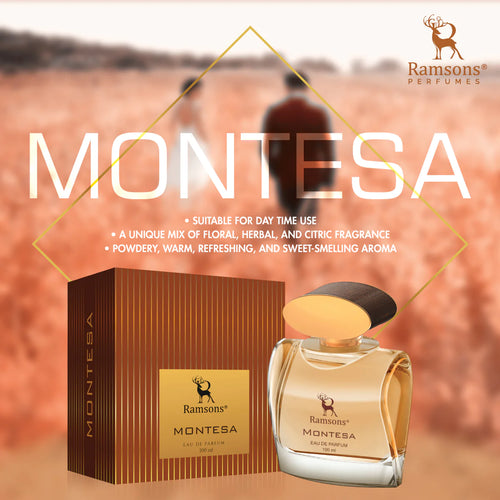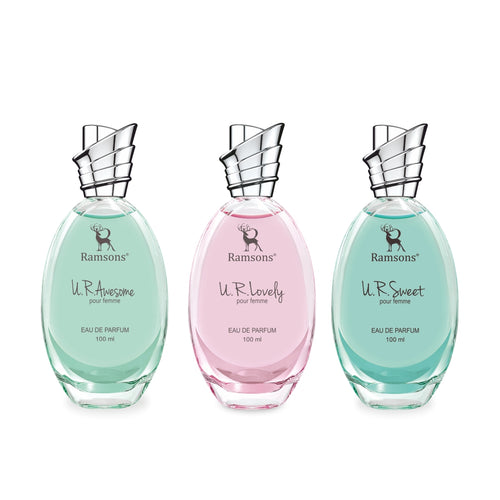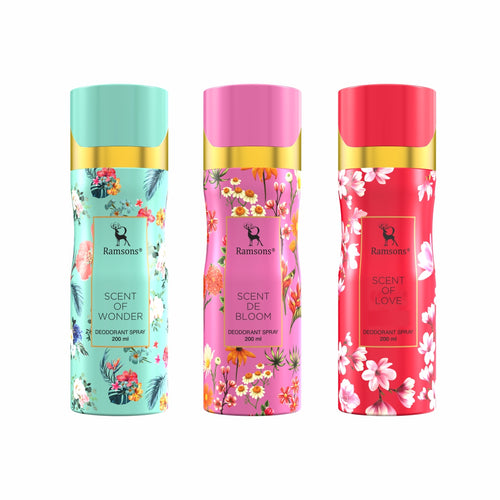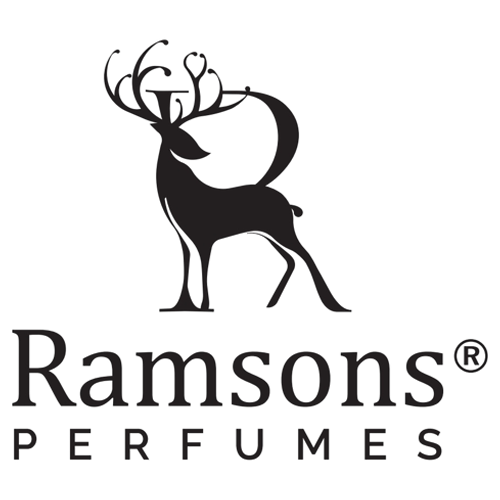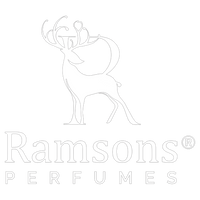Exotica Gold - Eau De Parfum
The allure of perfumes has captivated humans for centuries, transforming simple scents into powerful personal statements. The world of perfumery is a complex and fascinating one, rooted deeply in both art and science. In this article, we will delve into the scientific principles that underpin the creation of perfumes, exploring the chemistry of fragrance, the art of scent composition, and the emotional and psychological impacts of different scents.
-
The Chemistry of Fragrance
At the heart of every perfume lies a sophisticated blend of chemicals. Perfumes are primarily composed of fragrant essential oils, aromatic compounds, fixatives, and solvents. The essential oils and aromatic compounds are what give a perfume its distinctive scent. These ingredients are typically extracted from natural sources such as flowers, fruits, leaves, and resins, though many modern perfumes also incorporate synthetic elements.
-
Essential Oils and Aromatic Compounds
Essential oils are concentrated liquids containing volatile aroma compounds from plants. They are obtained through processes like steam distillation, solvent extraction, and expression. For example, rose oil is extracted from rose petals through steam distillation, capturing the delicate scent of the flower.
Aromatic compounds, on the other hand, can be either natural or synthetic. Natural aromatic compounds are derived from botanical sources, while synthetic aromatic compounds are chemically engineered to replicate or enhance natural scents. These compounds are meticulously crafted in laboratories to ensure they are safe for use and provide a consistent fragrance profile.
-
Fixatives and Solvents
Fixatives play a crucial role in stabilizing the volatile aromatic compounds, ensuring that the perfume's scent lingers for an extended period. Natural fixatives include substances like ambergris, musk, and civet, though synthetic alternatives are often used due to ethical and sustainability concerns.
Solvents, typically ethanol or a mixture of ethanol and water, are used to dilute the concentrated essential oils and aromatic compounds. This dilution process is essential for achieving the desired strength and consistency of the final product.
- The Art of Scent Composition
Creating a perfume is akin to composing a symphony, where each ingredient plays a specific role in the overall fragrance. Perfumers, also known as "noses," are skilled artisans who blend these ingredients in precise proportions to create harmonious and evocative scents.
-
Fragrance Notes and Pyramid Structure
Perfumes are structured in a hierarchical pyramid of notes, comprising top notes, middle notes, and base notes. This structure allows the scent to evolve over time, providing a dynamic olfactory experience.
Top Notes:
These are the initial scents perceived immediately upon application. They are usually light, fresh, and volatile, evaporating quickly to make way for the middle notes. Common top notes include citrus, herbs, and light fruits.
Middle Notes:
Also known as heart notes, these emerge as the top notes dissipate. They form the core of the perfume, providing body and depth. Floral, spicy, and green notes are typical in this layer.
Base Notes:
These are the foundation of the fragrance, providing lasting impressions. Base notes are rich, deep, and often include ingredients like woods, resins, and musks. They emerge gradually and can linger for hours, giving the perfume its enduring quality.
-
Balancing the Composition
The key to a successful perfume lies in the balance and harmony of these notes. Perfumers meticulously adjust the proportions and combinations of ingredients to create a cohesive and appealing scent. This process often involves extensive experimentation and refinement, ensuring that each note complements the others perfectly.
- The Emotional and Psychological Impact of Scents
Perfumes have a profound effect on our emotions and psychology. The sense of smell is closely linked to the limbic system, the part of the brain responsible for emotions, memory, and behavior. As a result, certain scents can evoke powerful memories, influence mood, and even affect physiological responses.
- Scent and Memory
Scents have a unique ability to trigger vivid memories and emotions. This phenomenon, known as the Proustian effect, is named after the French writer Marcel Proust, who famously described how the smell of a madeleine cake dipped in tea evoked memories of his childhood. This connection between scent and memory is due to the direct pathway from the olfactory system to the limbic system, bypassing the thalamus, which processes other sensory information.
- Aromatherapy and Mood Enhancement
Aromatherapy, the practice of using essential oils for therapeutic purposes, harnesses the power of scent to promote physical and emotional well-being. Certain scents are believed to have specific effects on mood and behavior. For example, lavender is known for its calming properties, while citrus scents like lemon and orange can invigorate and uplift.
- Scent and Attraction
Perfumes also play a significant role in human attraction. Pheromones, naturally occurring chemicals that influence social and sexual behavior, are thought to be present in perfumes and can enhance attraction. Additionally, the choice of fragrance can reflect an individual's personality and preferences, making it a powerful tool for personal expression and social interaction.
-
Innovations and Trends in Perfumery
The field of perfumery is constantly evolving, driven by advancements in science and changing consumer preferences. Here are some of the latest trends and innovations shaping the world of perfumes.
- Sustainable and Ethical Perfumery
There is a growing demand for sustainable and ethically sourced ingredients in perfumes. Consumers are increasingly conscious of the environmental and social impact of their purchases, leading to a rise in the use of natural, organic, and fair-trade ingredients. Additionally, many perfumers are moving away from animal-derived ingredients in favor of synthetic alternatives that offer similar olfactory properties without ethical concerns.
- Customization and Personalization
Personalized fragrances are becoming more popular, with consumers seeking unique scents that reflect their individuality. Advances in technology allow perfumers to create custom blends tailored to a person's specific preferences and even their genetic makeup. This trend towards personalization is transforming the traditional one-size-fits-all approach to perfumery.
- Technological Advancements
Technological innovations are also revolutionizing the perfume industry. For example, the use of artificial intelligence (AI) and machine learning is enabling perfumers to analyze vast amounts of data and predict successful fragrance combinations. This technology is helping to streamline the creative process and introduce new and exciting scents to the market.
- Functional Fragrances
Functional fragrances are designed to go beyond simply smelling good; they offer additional benefits such as stress relief, improved focus, and enhanced sleep. These multifunctional perfumes are gaining popularity as consumers seek products that align with their holistic wellness goals.
Conclusion
The science behind perfumes is a fascinating interplay of chemistry, artistry, and psychology. From the extraction of essential oils to the meticulous blending of fragrance notes, every step in the creation of a perfume is a testament to human ingenuity and creativity. As we continue to explore the complexities of scent, we uncover deeper connections between fragrance and our emotions, memories, and well-being.




